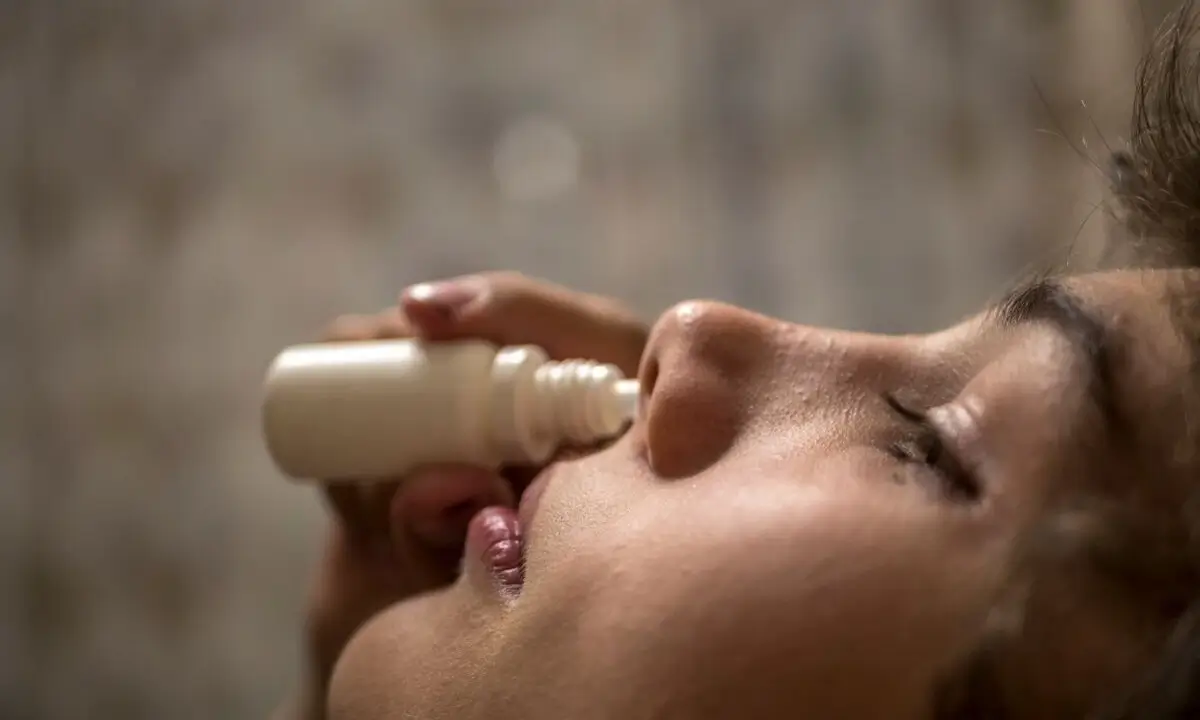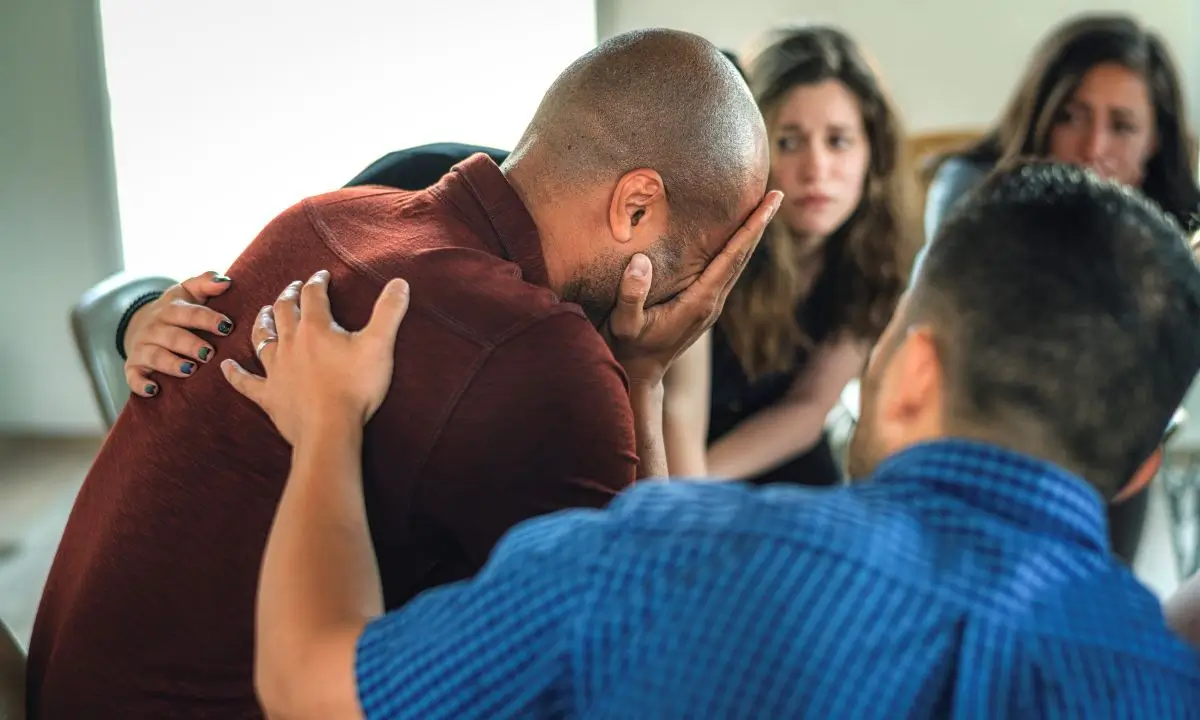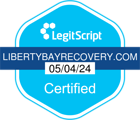Overdoses are a difficult but critical topic to discuss. Every year, families and communities lose loved ones to opioid overdoses, whether it’s from opiate use or opioid addiction. Medications like Narcan (naloxone) are helping prevent many of these deaths.
Let’s discover what Narcan does, how you use it, and why it’s an important part of building overdose awareness.
Opioid Overdose Signs to Look Out For
Overdoses can look different from person to person. Common signs of an opioid overdose include:
- Slowed or stopped breathing
- Blue lips or fingernails
- Unconsciousness
- Gurgling or choking
- Limp body and limbs
- Pale-looking, clammy skin
- Slow or non-existent pulse
If you see these signs, act immediately and administer Narcan, then call 911.
How Does Narcan Work?
Narcan’s main use is reversing opioid overdoses. Opioids like heroin, fentanyl, oxycodone, and morphine work by attaching to receptors in the brain. When too much is taken, these receptors become overwhelmed, leading to slowed or stopped breathing.
Narcan works by blocking these opioid receptors and “kicking out” the opioids that are causing the overdose. This allows normal breathing to return.
Important: Narcan only works for opioid overdoses. It does not reverse overdoses caused by cocaine, methamphetamine, benzodiazepines, or alcohol.
What makes Narcan effective:
- Safe and easy to use
- Works within 2–3 minutes
- No medical training needed
- Harmless if not needed
Naloxone vs. Narcan: Differences and Uses
Narcan is the brand name for one form of naloxone, specifically, the nasal spray used to reverse opioid overdoses. But naloxone can be used in other ways, depending on the situation. Some medical uses include:
- Treating constipation in patients taking pain medications
- Helping patients wake up safely after surgery when they’ve had strong opioid anesthesia
- Making it harder for people to misuse certain medications by injecting them (like in Suboxone)
Forms of Naloxone: Nasal Spray vs. Injection
There are two primary forms of naloxone:
- Nasal Spray (Narcan): The most common form and available over the counter since 2023. It’s beginner-friendly and easy to administer.
- Injectable Naloxone: Typically used by EMTs or medical professionals in emergency settings.
Because of its accessibility, Narcan nasal spray is recommended for community use.
Does Narcan Have Any Risks?
Narcan is predominantly safe, but there are a few things to be aware of:
- Those who use opioids regularly might go into withdrawal instantly after a naloxone dose
- Individuals may wake up confused, disoriented, or angry
- Narcan wears off after 30–90 minutes, and the opioids may still be active in the body, meaning another overdose could occur without medical help.
Don’t worry about using naloxone on someone who doesn’t need it. If they don’t have opioids in their system, it won’t have any harmful effects.
How to Use Narcan in an Emergency
If you find yourself in a situation where a loved one has overdosed, follow these steps to administer Narcan nasal spray:
- Pull off the cap and stick the device in their nostril
- Push hard to spray the medicine
- Call 911 right away
- Stay with them until the ambulance comes
- If they don’t wake up in 2–3 minutes, give them another dose
How Long Does Narcan Last?
Narcan works in about 2–3 minutes, with effects lasting 30–90 minutes. The opioids or opiates that caused the overdose may still remain in the body after this time period. This means that, when the Narcan stops working, you can overdose all over again. Always make sure you contact emergency services for proper medical help.
Can You Get Narcan Over the Counter?
Yes, you can usually find this medication at:
- Pharmacies
- Local health departments
- Community groups
- Some schools and workplaces
Many states have Good Samaritan laws, which means you won’t get arrested for calling 911 during an overdose, and those who try to help are protected.
How Long Does OTC Narcan Last?
Over-the-counter naloxone is fine for use for about three years after it was made. Always be sure to check the date and swap it out when it expires.
Why Everyone Should Know About Narcan
Maybe you don’t use opioids, and maybe nobody in your family does. But a neighbor, colleague, or community member might, and they can get hurt. Overdoses don’t discriminate and can happen regardless of how often or long someone has used opioids.
Knowing how to use Narcan is a skill that could save someone’s life. When we talk openly about naloxone and how it works, we help break down any stigmas or knowledge barriers. This can help protect more people.
After Narcan: Preventing Future Opioid Overdoses
While Narcan saves lives in emergencies, it does not treat opioid use disorder. Long-term recovery often involves:
- Accessible, flexible treatment options
- Medical support, such as medication-assisted treatment (MAT)
- Peer and community support groups
- Learning about addiction as a medical condition in a judgment-free space
If someone you know is struggling with an opioid addiction, reach out to learn more about the various programs that can help them. For peace of mind and the safety of those around you, keep naloxone on hand and share what you know. Every person equipped with the right knowledge could be what helps save a life.










